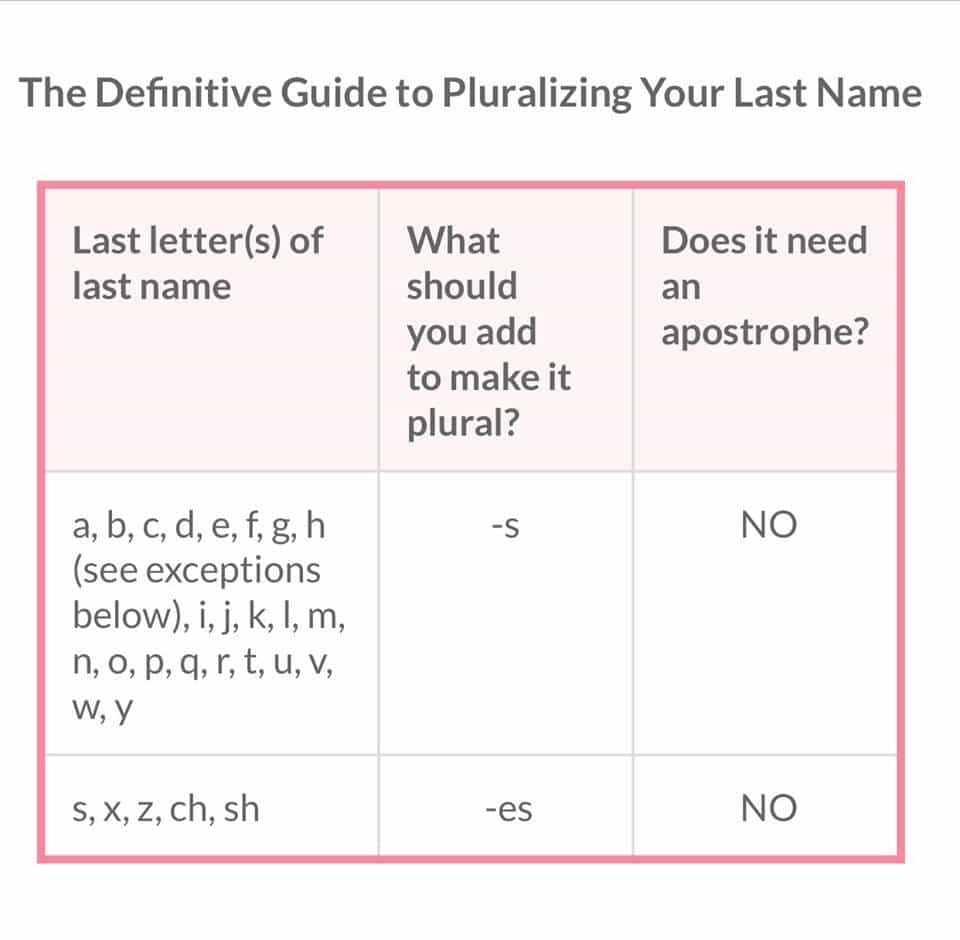When it comes to showing possession with names ending in S, many people often find themselves confused. Do you add an apostrophe after the S or before it? The rules can be a bit tricky, but once you understand them, it becomes much easier to show possession correctly.
Names that end in S can belong to both singular and plural nouns, so it’s important to know the correct way to indicate possession. Whether it’s a person’s name, a place, or a thing, following the rules of possession will ensure that your writing is clear and grammatically correct.
Adding Apostrophe-S (‘s) to Names Ending in S
For singular names that end in S, the general rule is to add an apostrophe followed by an S (‘s) to show possession. For example, if a person named Chris owns a car, you would write “Chris’s car.” This rule applies to most singular names ending in S, regardless of whether they are male or female names.
When it comes to plural names that end in S, the rule is slightly different. For plural names that already end in S, you can simply add an apostrophe after the S to show possession. For instance, if a family named the Joneses owns a house, you would write “the Joneses’ house.” This rule applies to most plural names ending in S.
However, if a plural name does not end in S, you would still add an apostrophe followed by an S to show possession. For example, if a family named the Smiths owns a car, you would write “the Smiths’s car.” This rule applies to plural names that do not end in S.
It’s important to remember that these rules exist to ensure clarity and consistency in writing. By following the proper guidelines for showing possession with names ending in S, you can avoid confusion and errors in your writing.
In conclusion, showing possession with names ending in S may seem complex at first, but once you understand the rules, it becomes second nature. Whether it’s a singular or plural name, adding an apostrophe followed by an S or simply an apostrophe after the S will help you indicate possession correctly. Remember to apply these rules consistently in your writing to maintain clarity and professionalism.
